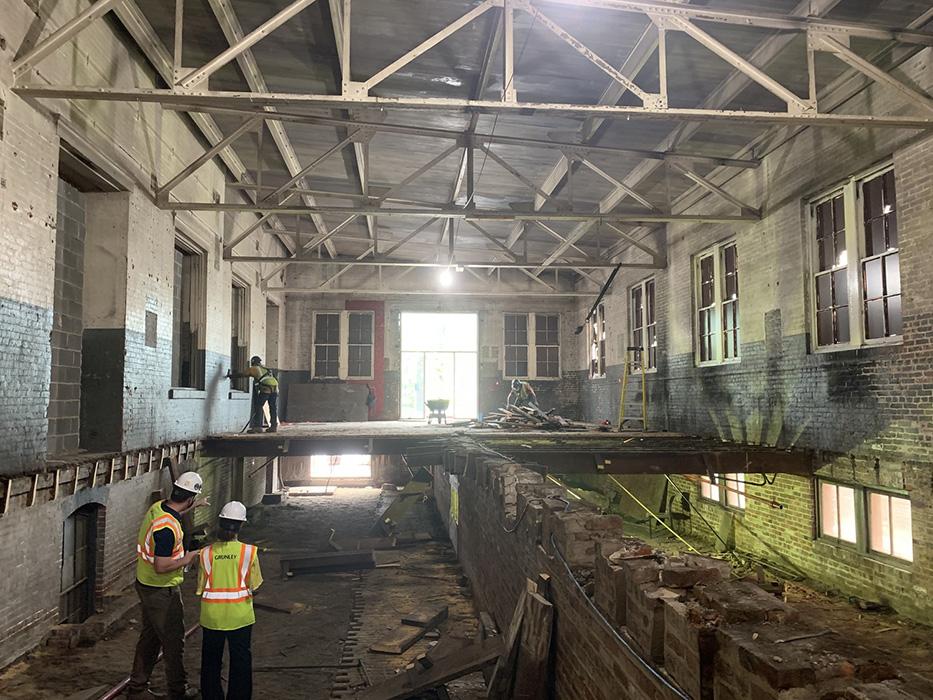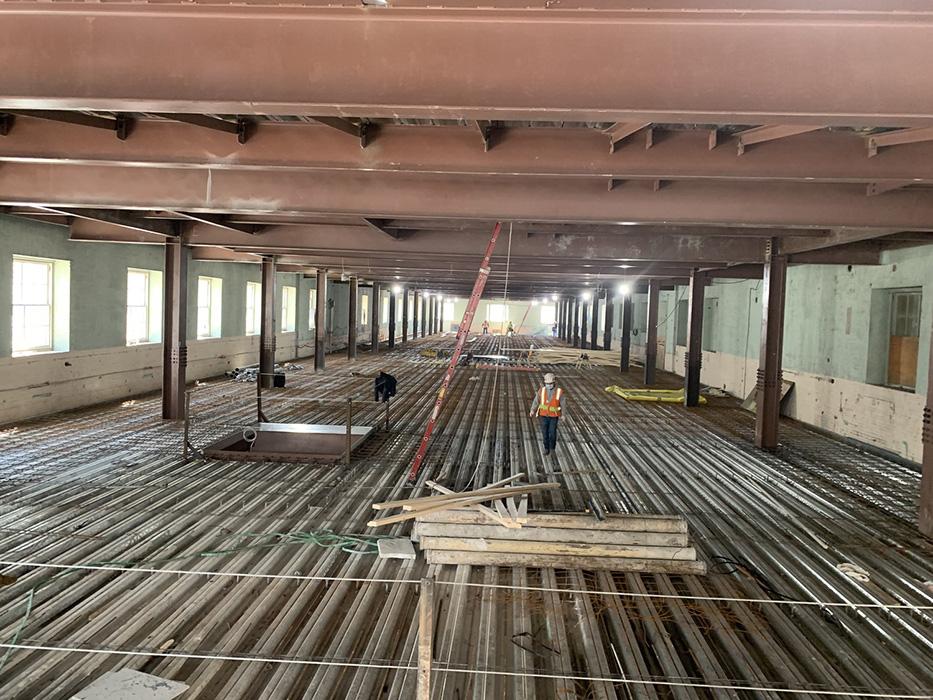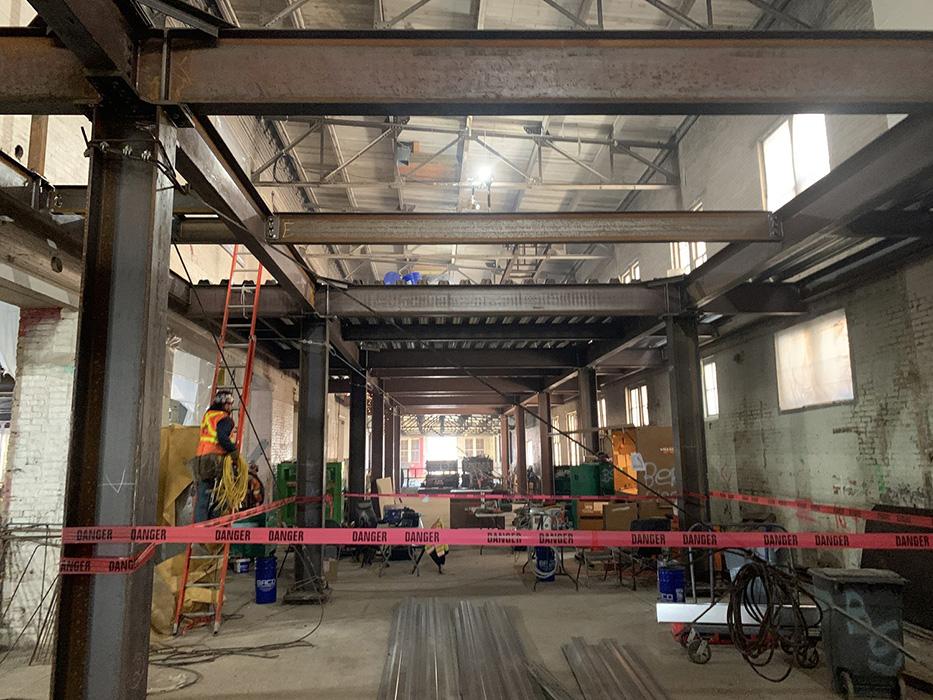Operational Archives and Repository Complex
Buildings 46 and 67 at the Washington Navy Yard were renovated to provide space for research and the archival of a range of collections.
overview
The Operational Archives and Repository Complex resulted from the renovation of Buildings 46 and 67 at the Washington Navy Yard. The renovated buildings comprise a research area, archives storage, photo research space, special collections and rare books, processing and library stacks, underwater archeology offices, storage and a lab, as well as art storage, an art shop and an art mezzanine, a histories branch and a Secure Compartmented Information Facility.
We provided structural design and protective design services for the project, which was designed by Beyer Blinder Belle Architects & Planners.
highlights
- We designed a steel moment-frame building on piled foundations inside Buildings 46 and 67. The design accommodated heavy storage loads from a high-density storage system.
- Seismic drift was studied to determine the required joint width between new and existing buildings.
- The existing barrel arch vaults were evaluated using thrust-line analysis for loads imposed from the high-density storage system, using dimensional data gathered from a point cloud scan and core drills.
- The design preserved the historic building fabric while providing new spaces appropriate for storing and studying important naval artifacts.
- We implemented Mandatory Antiterrorism Force Protection (ATFP) Standards, which ensures that the design incorporates UFC 4-010-01 Appendix B requirements that address topics like standoff distance, structural integrity, window glazing, door swings, equipment bracing and electrical and mechanical system provisions in the historically sensitive building.
- We coordinated security related requirements amongst the various design disciplines to ensure ATFP compliance.




